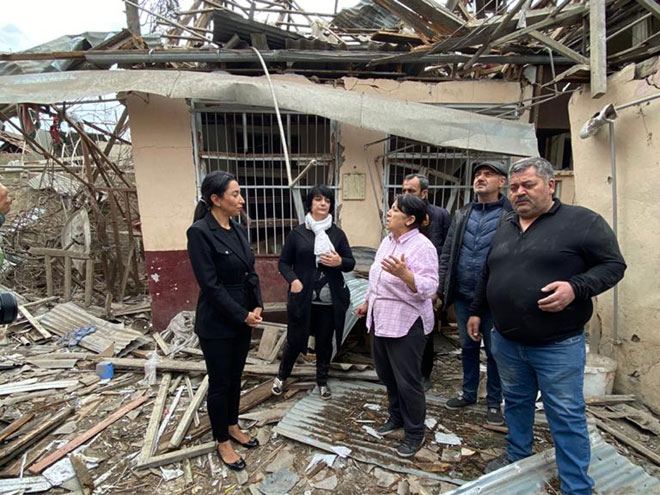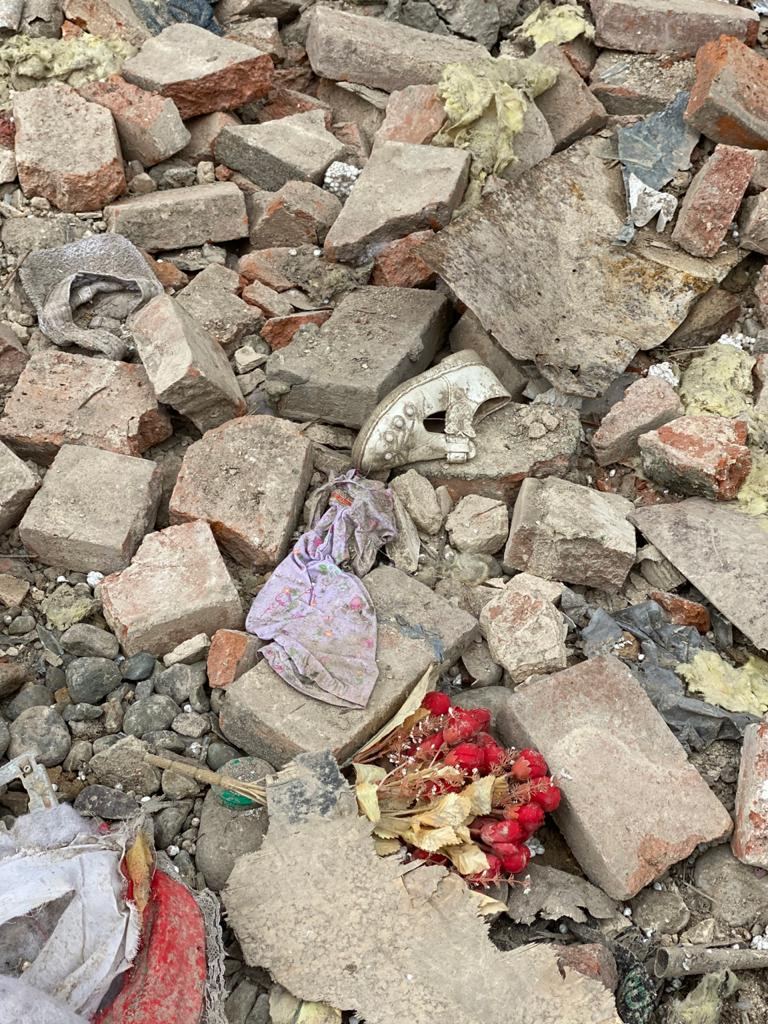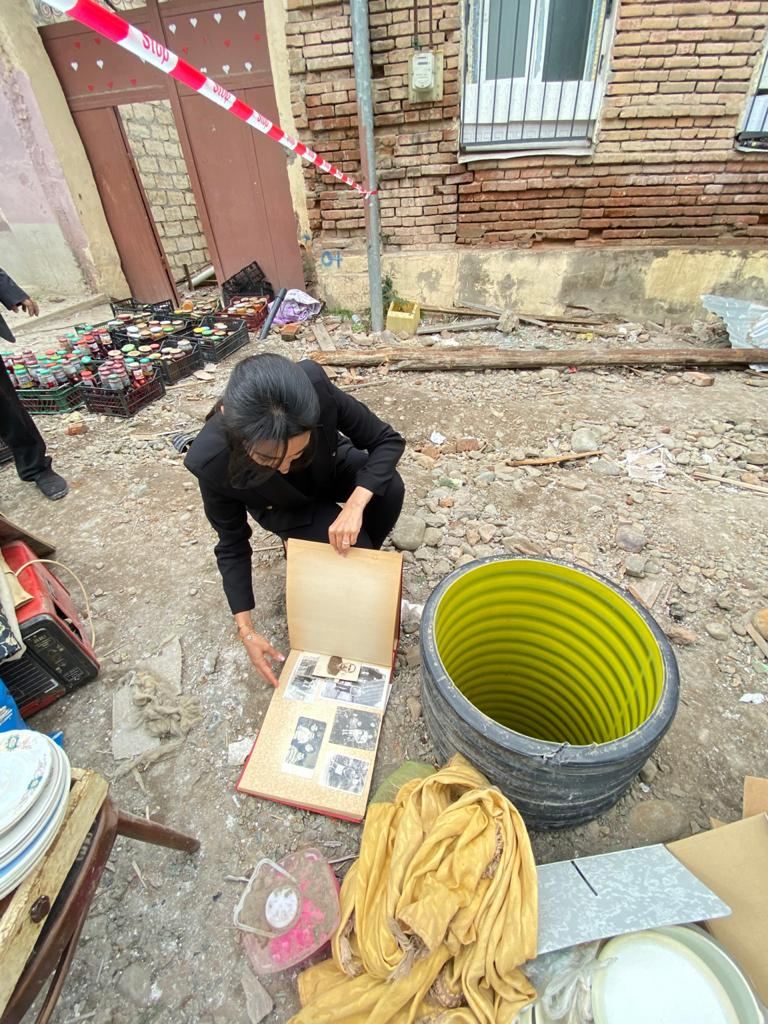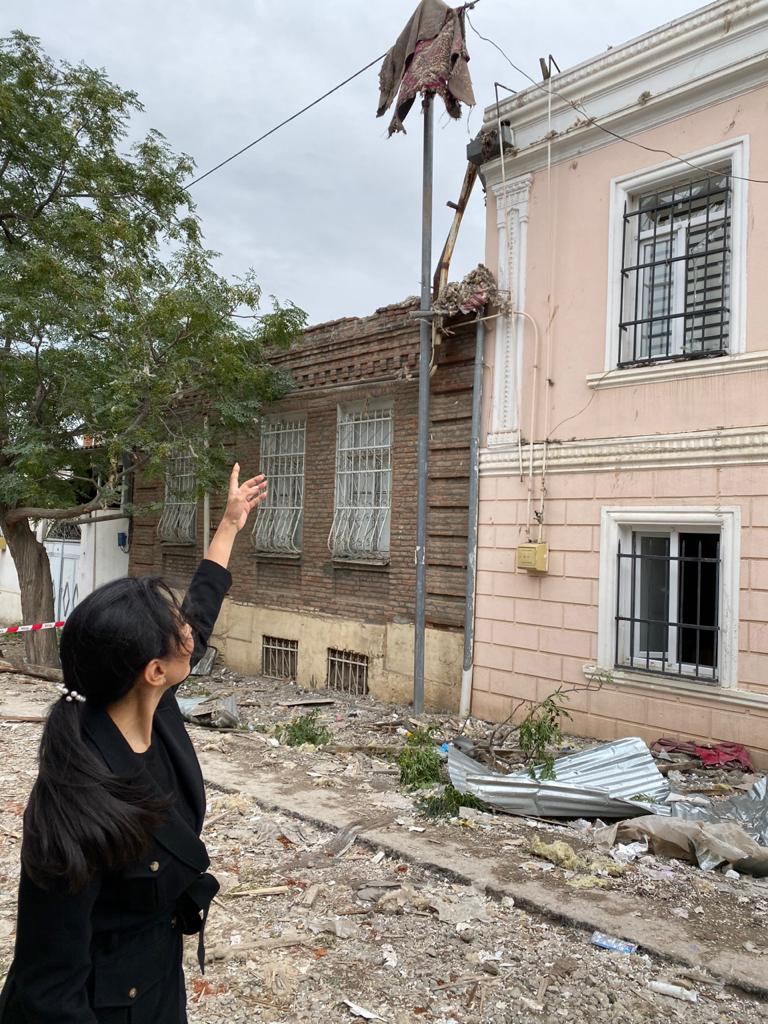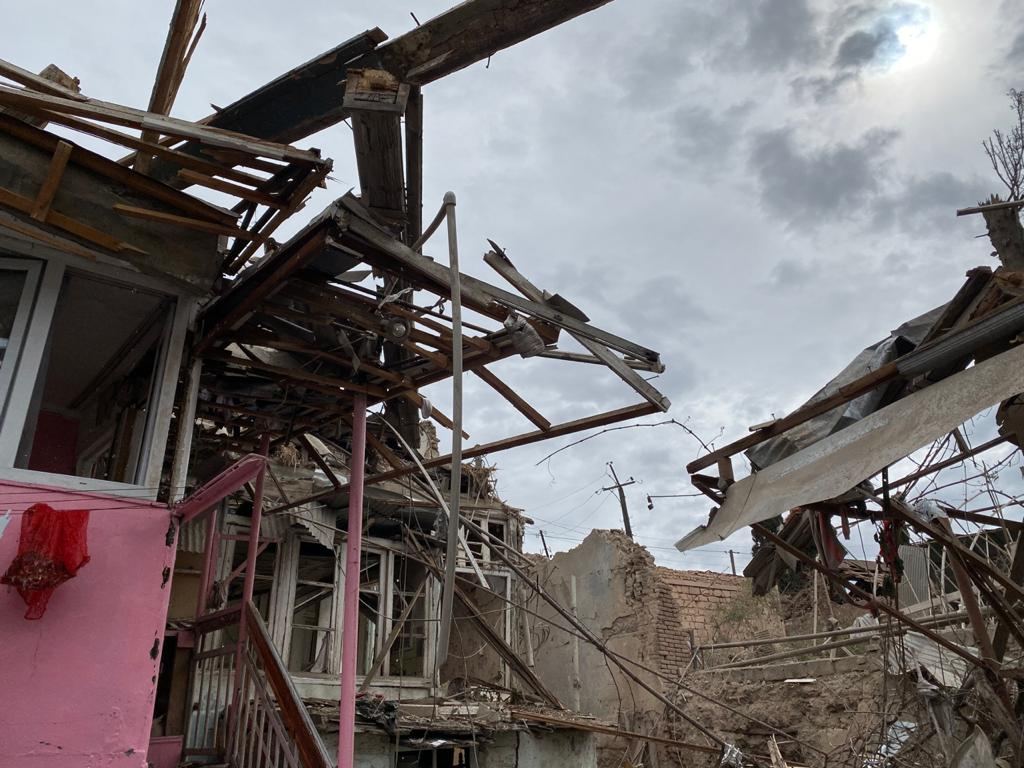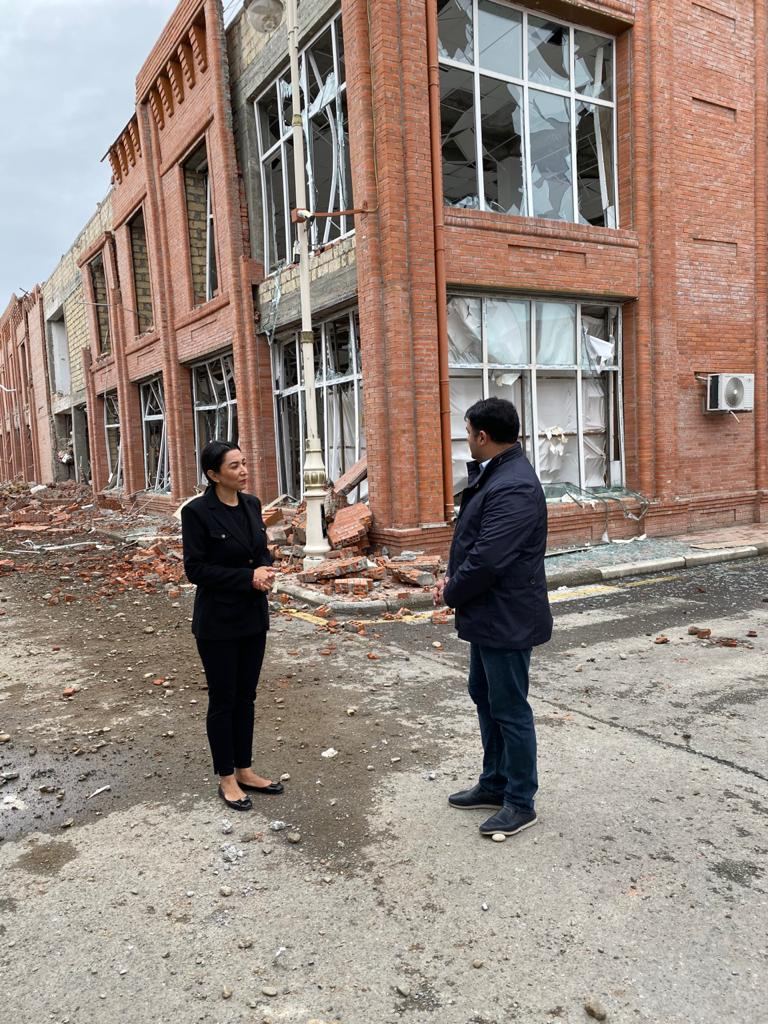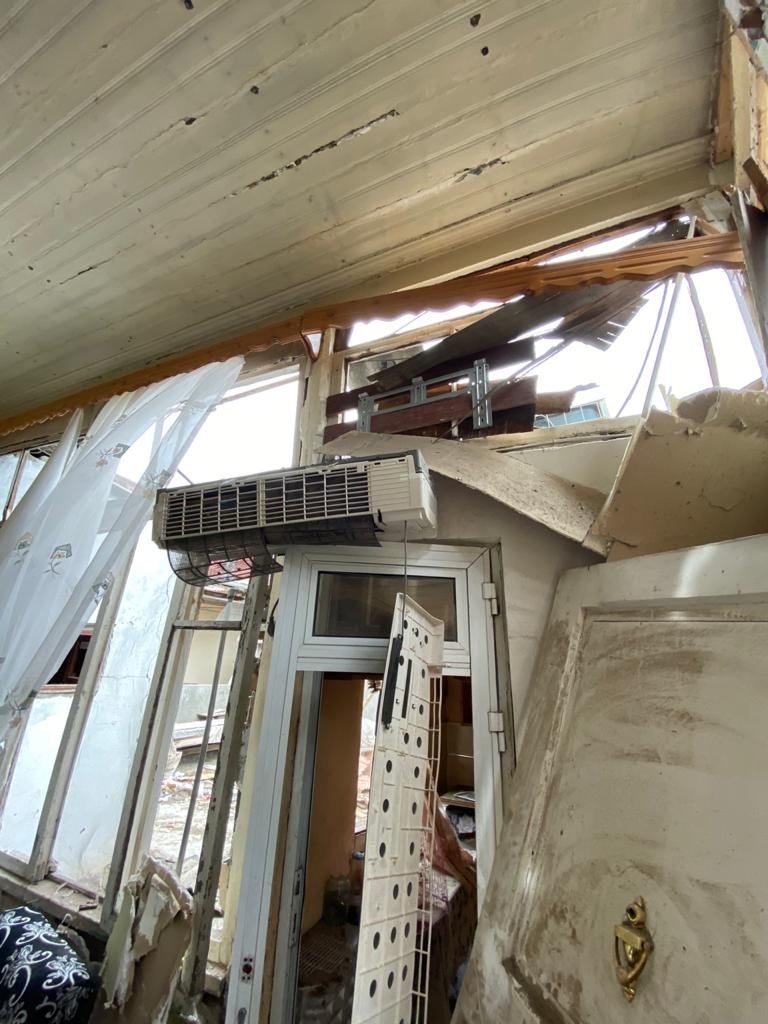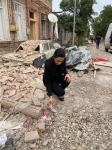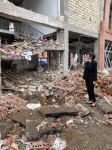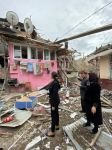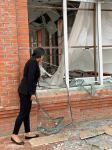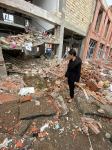BAKU, Azerbaijan, Oct.7
Trend:
Armenian Armed Forces, having carried out large-scale provocations, continue intensively shelling densely populated areas, social, cultural and strategic facilities remote from the combat zone with the use of heavy artillery, aviation, missile systems and prohibited types of weapons, since September 27, 2020, the Azerbaijani Ombudsman's Office told Trend.
According to the office, continuing their war crimes, the Armenian forces have been shelling the second largest populous city of Azerbaijan, Ganja, located more than 100 kilometers from the conflict zone, since October 4, 2020.
In order to carry out the new fact-finding mission, including violations of human rights as a result of the aggression of the armed forces of Armenia, as well as to bring the truth about what is happening to international organizations, Azerbaijani Ombudsman for Human Rights Sabina Aliyeva visited Ganja, which was shelled.
During the monitoring, the ombudsman inspected houses, historical and cultural monuments, large shopping centers and other public facilities destroyed and heavily damaged as a result of the shelling, conducted respective investigation, met with people who were injured and suffered as a result of the shelling by the Armenian Armed Forces.
The report on the results of the mission to Ganja will be presented to the international organizations.
The Armenian Armed Forces deliberately shell Mingachevir and Beylagan cities, the city of Horadiz, Fuzuli district, Barda, Aghdam, Aghjabadi, Tartar, Jabrayil, Khizi, Absheron districts and other settlements and districts of Azerbaijan from missile systems and heavy artillery installations. As a result of the shelling, many civilians were killed and wounded, houses, historical and cultural monuments, administrative buildings and other social facilities were heavily damaged.
The conflict between the two South Caucasus countries began in 1988 when Armenia made territorial claims against Azerbaijan. As a result of the ensuing war, Armenian armed forces occupied 20 percent of Azerbaijan, including the Nagorno-Karabakh region and seven surrounding districts.
The 1994 ceasefire agreement was followed by peace negotiations. Armenia has not yet implemented four UN Security Council resolutions on the withdrawal of its armed forces from Nagorno Karabakh and the surrounding districts.

